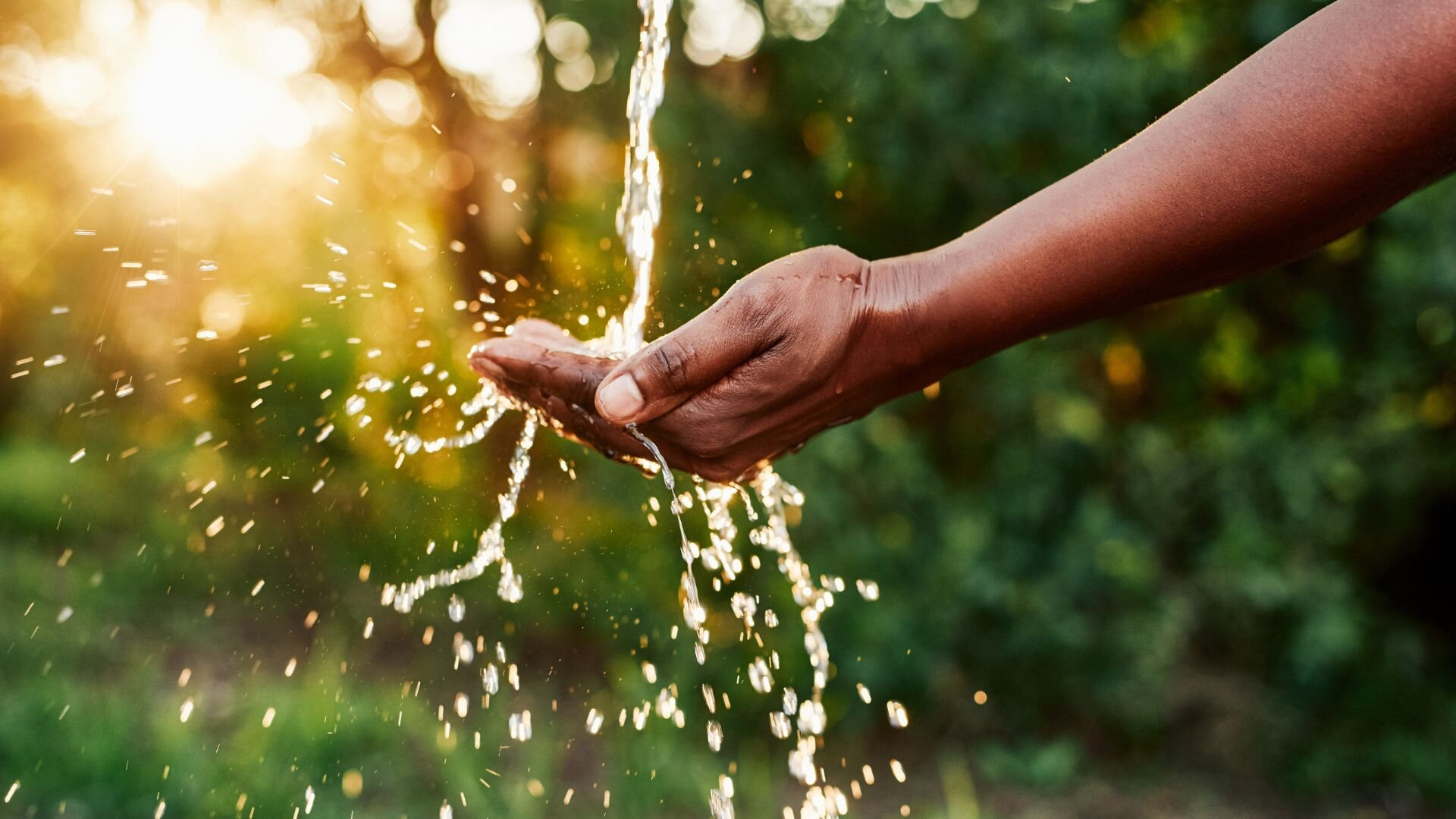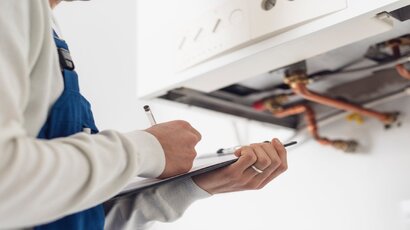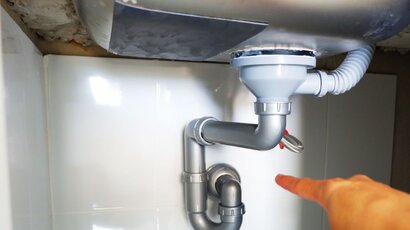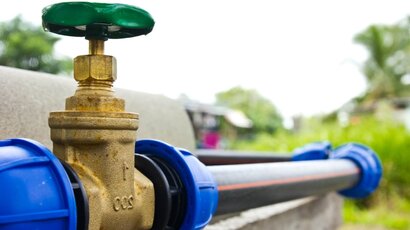![]()
Water conservation is now crucial for commercial buildings as water costs keep climbing each year. Rising water bills are putting pressure on businesses’ bottom lines. By enhancing water efficiency and adopting conservation practices, companies can cut down on water usage, reduce expenses, and promote a culture of sustainability.
In this blog, we’ll explore a range of water-saving ideas and strategies to help businesses conserve water through upgrades, process improvements, and behavioural changes. You’ll find steps to assess current water use, spot waste, and implement efficient fixtures. Developing sensible water policies and monitoring progress are also key. Your business can reap rewards like significant savings on utility bills, longer infrastructure lifespan, and a boost in public perception.
We hope to provide actionable guidance to facility managers, sustainability directors, and business leaders on creating an effective water management plan. With smart water usage tactics, any company can reduce its water footprint and water supply needs. Together, we can work towards a future where businesses conserve water resources while maintaining profitability.
Assessing Water Usage
The first step in any water conservation effort is performing a detailed water audit to establish a usage baseline. This involves metering and mapping out all water flows in a facility to quantify consumption by various systems, equipment, and business operations. Data to collect includes utility bills, submeter readings, flow rates, run times, and inventory of water fixtures. Audits reveal opportunities to reduce water waste and prioritise efficiency projects.
![]()
After documenting current usage, facilities can identify which applications and equipment consume the most water. Cooling towers, boilers, irrigation systems, restrooms, laundries, and kitchens are often the biggest users. With advanced submetering and real-time monitoring technologies, leaks can be detected instantly, and unusual usage flagged. This detailed data supports targeted conservation efforts for maximum effect.
With usage patterns established, realistic goals for saving water can be set. These goals motivate conservation initiatives. For example, a facility may aim for a 10% reduction in water use per occupant. Or they could target a specific volume decrease in gallons. Goals should address cutting water waste from business operations and utilising recycled water where feasible. This keeps fresh drinking water for critical needs and lessens environmental impacts.
Upgrading Fixtures and Appliances
One of the fastest paybacks when conserving water is installing low-flow faucets and aerators in restrooms, breakrooms, and kitchens. This simple upgrade cuts water waste from dripping or running faucets. Low-flow models use at least 30% less water than standard 2.2 gpm faucets without sacrificing performance.
Focusing on water-efficient toilets and urinals is critical after faucets. New dual-flush and high-efficiency toilet models use 1.28 gpf or less while delivering adequate flushing power. For even more savings, waterless or composting units are good options. Efficient urinals use .5 gpf or less.
Select ENERGY STAR-certified models that use significantly less water when purchasing dishwashers and laundry machines. Look for features like sensors that optimise cycle times and water levels for each load. This equipment saves businesses money on both water and energy bills over time.
![]()
Implementing Behavioral Changes
Team member engagement is crucial for reducing water use. Consider holding training sessions to discuss water efficiency and educate staff on easy ways to save water in their daily work routines. Simple practices like turning off taps while washing hands, reporting leaks immediately, investing in reusable water bottles, working to recycle water where possible, and only running dishwashers when fully loaded can collectively conserve significant amounts.
Leaky taps and faulty toilets can waste thousands of litres without notice. Encourage staff to stay alert and report drips, leaks, or any water issues promptly. This enables facility teams to carry out timely repairs, preventing significant structural damage.
Formalize water-saving policies into industrial processes and company guidelines to go the extra mile. For example, set standards around using recycled water for appropriate applications, prompt leak repair procedures, water efficiency labelling, limits on water-intensive cleaning methods, and requiring water-efficient devices in renovations. Encouraging employees to think about how much water they are wasting and to work with water scarcity can be a significant step towards recycling water and saving money. Strategic policies help ingrain a culture where all employees contribute to water efficiency.
Landscaping and Irrigation
When landscaping commercial properties, focus on native plants and drought-resistant varieties that require little water once established. This creates beautiful, low-maintenance landscapes that can flourish on natural rainfall after the initial planting period. Plenty of grasses, perennials, shrubs and trees thrive in arid conditions if selected appropriately for the climate.
![]()
Invest in smart controllers and low-flow drip irrigation for any supplemental irrigation needed to target only the necessary areas. Look for control features like rain sensors, adjustable run times, zoning and cycle+soak settings. Properly designed systems deliver water directly to plant roots rather than paved areas.
Consider harvesting rainwater from rooftops and surfaces for landscape irrigation. Rain barrels, cisterns, and retention ponds can collect runoff that would otherwise be wasted, enabling water reuse. This free source offsets the potable water typically used for irrigation. Just 1 inch of rain on a 1,000 sq. ft roof can yield over 600 gallons of water ready for reuse.
Partnerships and Incentive Programs
Many municipal water utilities offer commercial clients free water audits, usage consultations, and conservation programs. They have expertise in efficiency best practices and can guide upgrades to reduce your water footprint. Some utilities give access to tools and technology for monitoring usage and leaks. Partnering with local water providers unlocks valuable resources.
Look into potential rebates, tax credits, and grants to offset the costs of efficiency investments.For example, some agencies offer substantial rebates for installing water-smart irrigation controllers or replacing old toilets and urinals with high-efficiency models. State and nonprofit programs also award grants for conservation initiatives with proven savings.
With partnerships and incentive programs, businesses can tap into outside knowledge, technology access, and funding to accelerate their water savings. The support of utilities, agencies, and nonprofits allows companies to take on more impactful projects and achieve greater water use reductions that benefit the community, save money and lower carbon emissions.
![]()
Get Started on Your Water Conservation Journey Today
Implementing comprehensive water management, treatment, and conservation strategies empowers businesses to significantly cut down on water usage and costs while reducing their environmental impact. This blog provides practical guidance on evaluating current consumption, spotting savings opportunities, upgrading fixtures and equipment, setting up water policies, utilizing smart technologies, and tapping into external resources.
While the specific solutions will vary for each facility, the overarching framework of auditing, goal-setting, monitoring, and upgrading applies to all commercial water conservation initiatives. Making water efficiency a priority allows small business owners and larger companies to manage this precious resource sustainably.
As your local commercial plumbing expert, WP Plumbing is here to support businesses on their water conservation journey. From conducting water audits to installing water-efficient fixtures and leak detection systems, our licensed professionals have the skills and experience to help implement many of the recommendations in this blog. We stay up-to-date on the latest technologies and best practices to deliver optimal solutions for your needs.
Contact our expert team today to schedule a consultation. We can develop an effective water management plan to reduce your consumption, lower utility costs, and uphold responsible water stewardship. It’s time to take action for a more water-efficient business.








